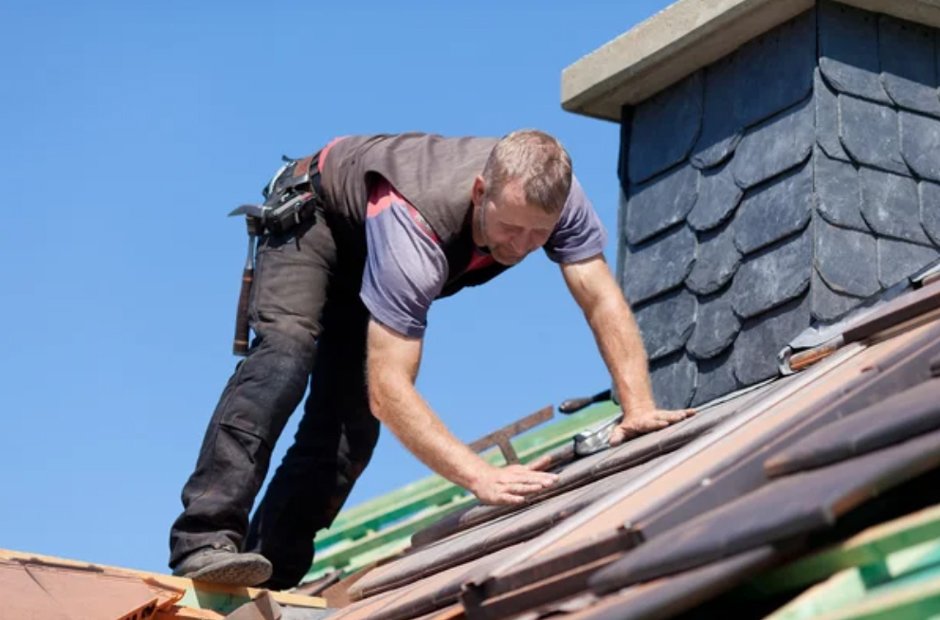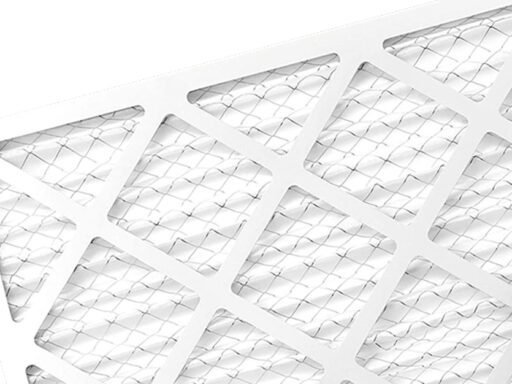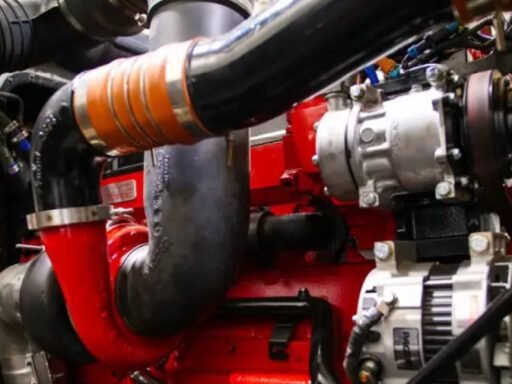A leaky roof can be a significant headache for commercial property owners, potentially leading to costly damages and disruptions.
Find local roofing contractors promptly to identify and fix commercial roof leaks is crucial for preserving the integrity of the building and preventing further complications.
In this article, we will discuss six essential steps on how to identify and fix commercial roof leaks.
1. Conduct Regular Inspections
The first step in preventing and addressing commercial roof leaks is to conduct regular inspections. Schedule routine inspections at least twice a year, and after severe weather events, to catch any potential issues early on. Inspections should include a thorough examination of the roof’s surface, flashing, seals, and drainage systems. Look for signs of damage such as cracks, punctures, or missing roofing materials.
2. Identify Common Leak Source
Understanding the common sources of roof leaks is vital in the identification process. Roof penetrations, such as vents, pipes, and HVAC units, are common culprits. Inspect these areas closely for signs of damage or deterioration. Additionally, check the seams and flashing around these penetrations, as they are vulnerable points where leaks can occur. Keep an eye on roof valleys and areas with low slopes, as water tends to accumulate in these areas.
3. Use Infrared Technology
Infrared technology can be a valuable tool in identifying roof leaks, especially those not visible to the naked eye. Infrared cameras can detect temperature variations, revealing areas with moisture or water infiltration. This technology allows for a more comprehensive assessment of the roof’s condition, helping to pinpoint leaks that may not be evident during a visual inspection. Consulting with roofing professionals who use infrared technology can enhance the accuracy of leak detection.
4. Address Ponding Water
Ponding water, or standing water that remains on the roof for more than 48 hours after precipitation, is a common cause of leaks. Inspect the roof for areas where water tends to accumulate and ensure proper drainage. Flat roofs, in particular, are prone to ponding water, and addressing this issue promptly can prevent leaks and extend the lifespan of the roof. Installing additional drains or improving the existing drainage system may be necessary to eliminate ponding water.
5. Seal Gaps and Cracks
Gaps, cracks, or deteriorated seals are potential entry points for water. Regularly inspect the roof’s seams, flashing, and any other vulnerable areas for signs of wear and tear. Seal gaps and cracks promptly using appropriate roofing sealants or patches.
Ensure that all seals around roof penetrations, such as vents and chimneys, are intact and properly sealed. Timely attention to these details can prevent water from infiltrating the roof and causing leaks.
6. Consult with Certified Roofing Professionals
When it comes to identifying and fixing commercial roof leaks, consulting with roofing like www.certifiedroofingservicesportland.com.
Experienced roofers have the knowledge and expertise to conduct thorough inspections, accurately diagnose the source of leaks, and recommend effective solutions.
They can also provide preventive maintenance plans to address potential issues before they escalate. In complex cases or for roofs with unique features, professional assistance is crucial to ensuring a comprehensive and lasting solution.
Conclusion
Identifying and fixing commercial roof leaks requires a proactive approach and attention to detail. Regular inspections, understanding common leak sources, utilizing technology, addressing ponding water, sealing gaps and cracks, and consulting with certified roofing professionals are key steps in preventing and resolving leaks.
Investing time and resources in maintaining the roof’s integrity not only protects the commercial property but also extends the lifespan of the roofing system, ultimately saving property owners from the headaches of extensive repairs and disruptions.






